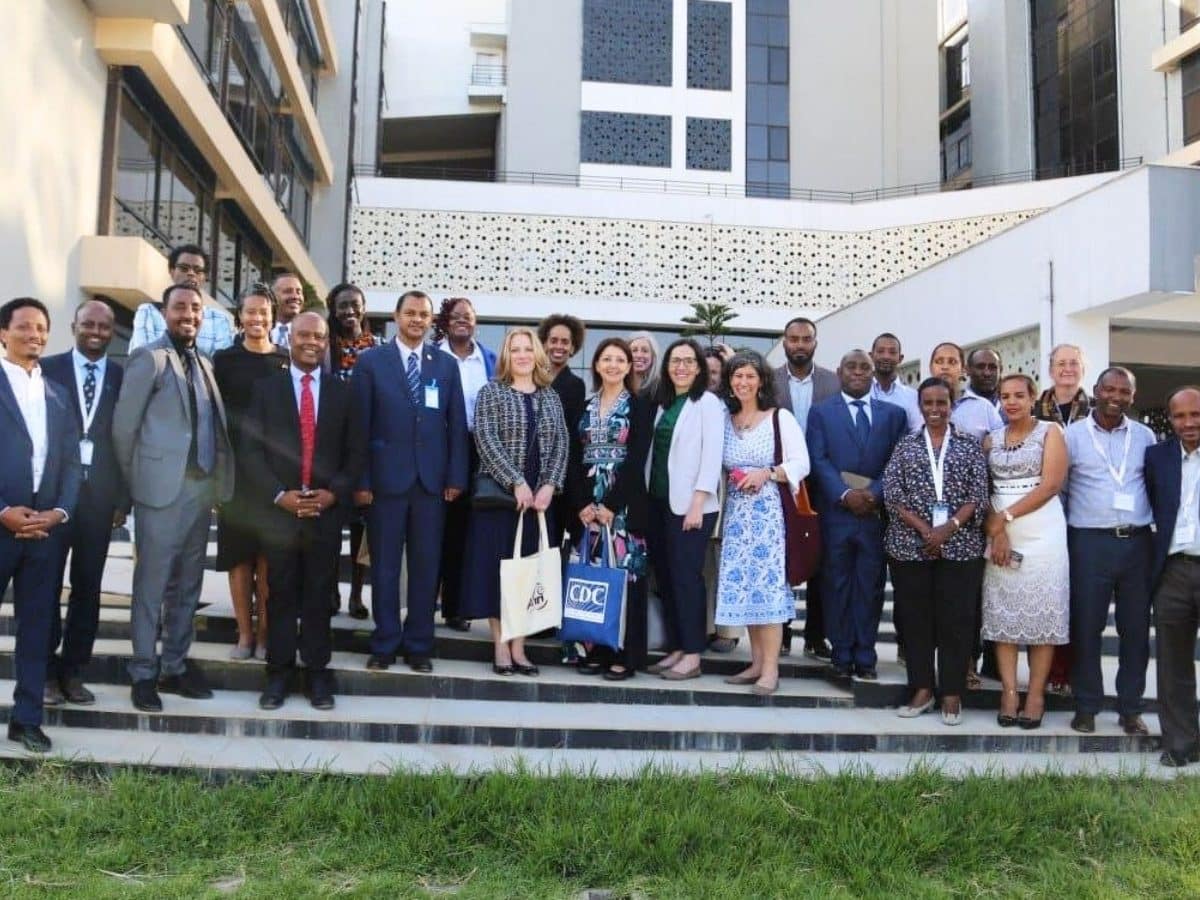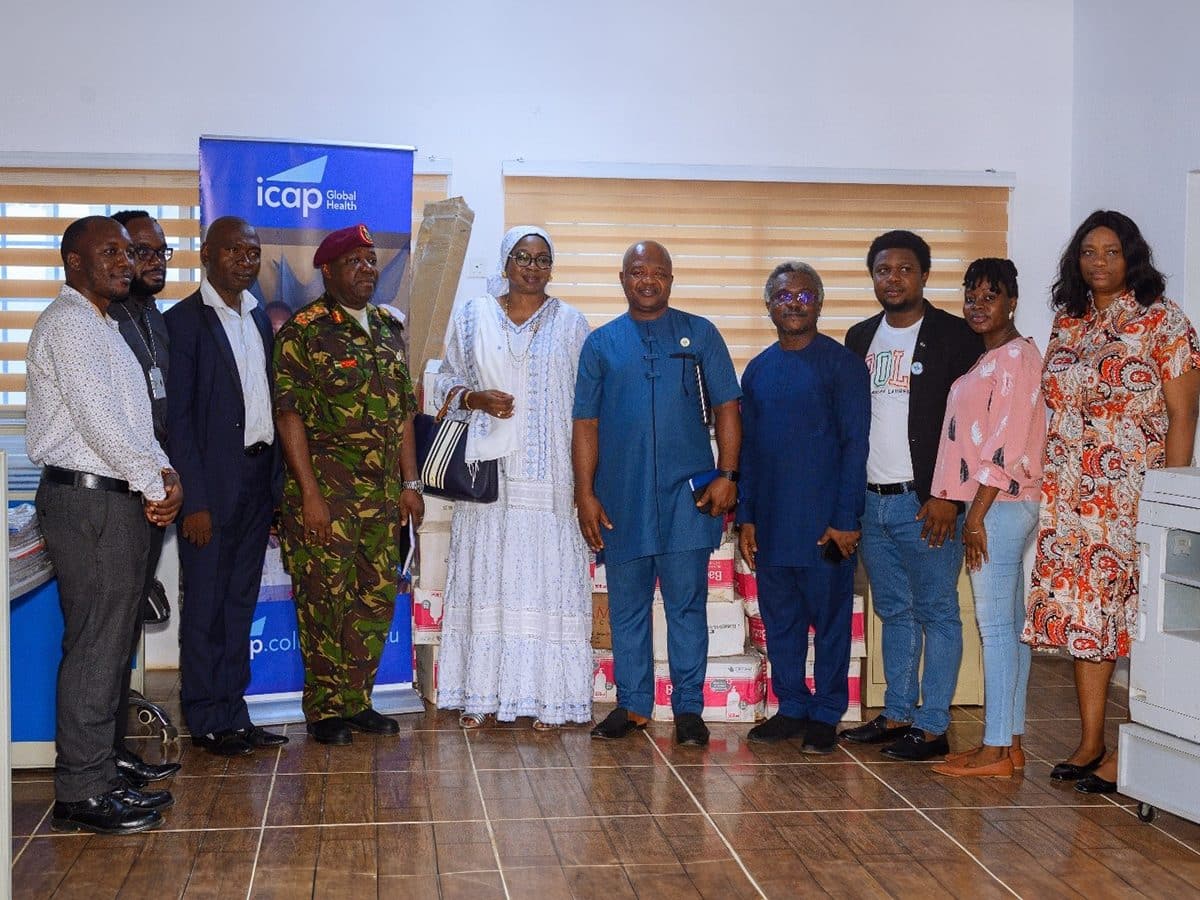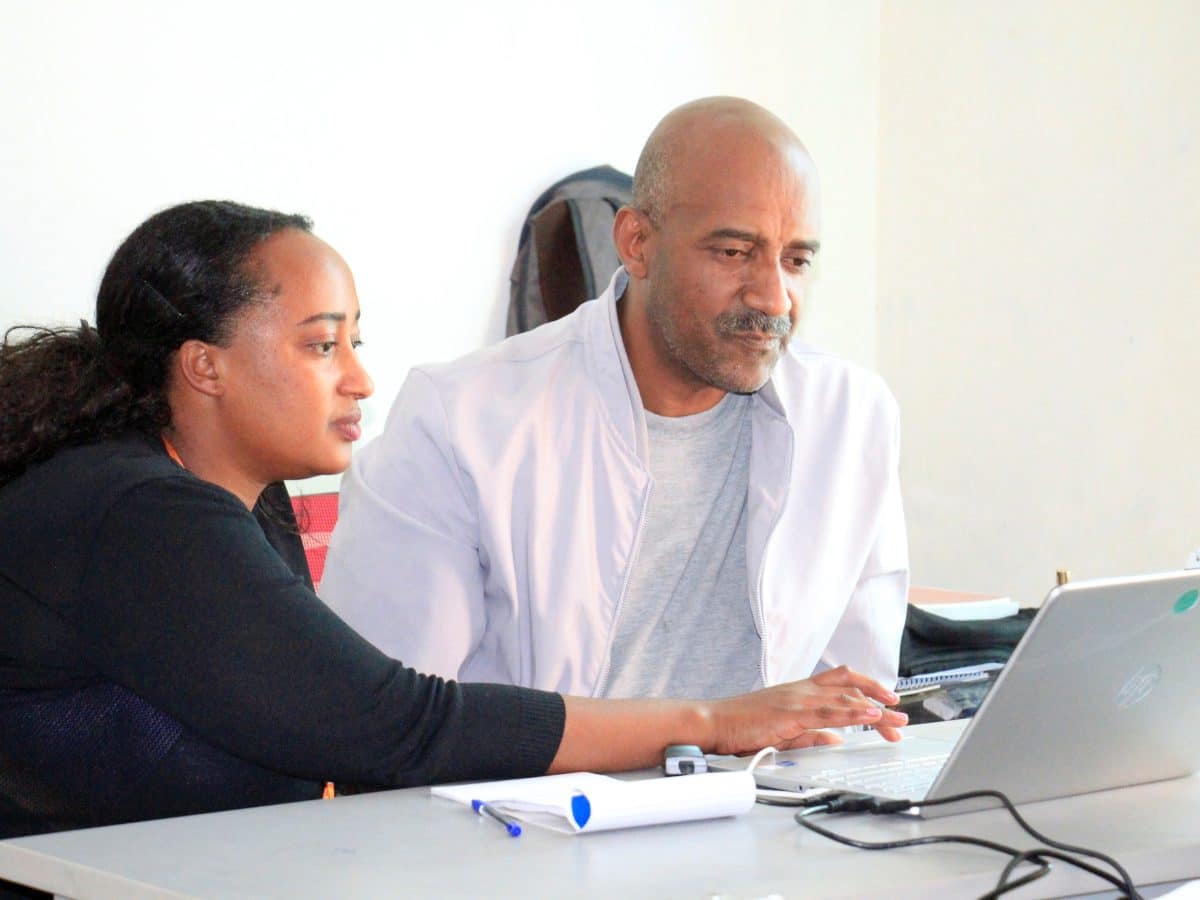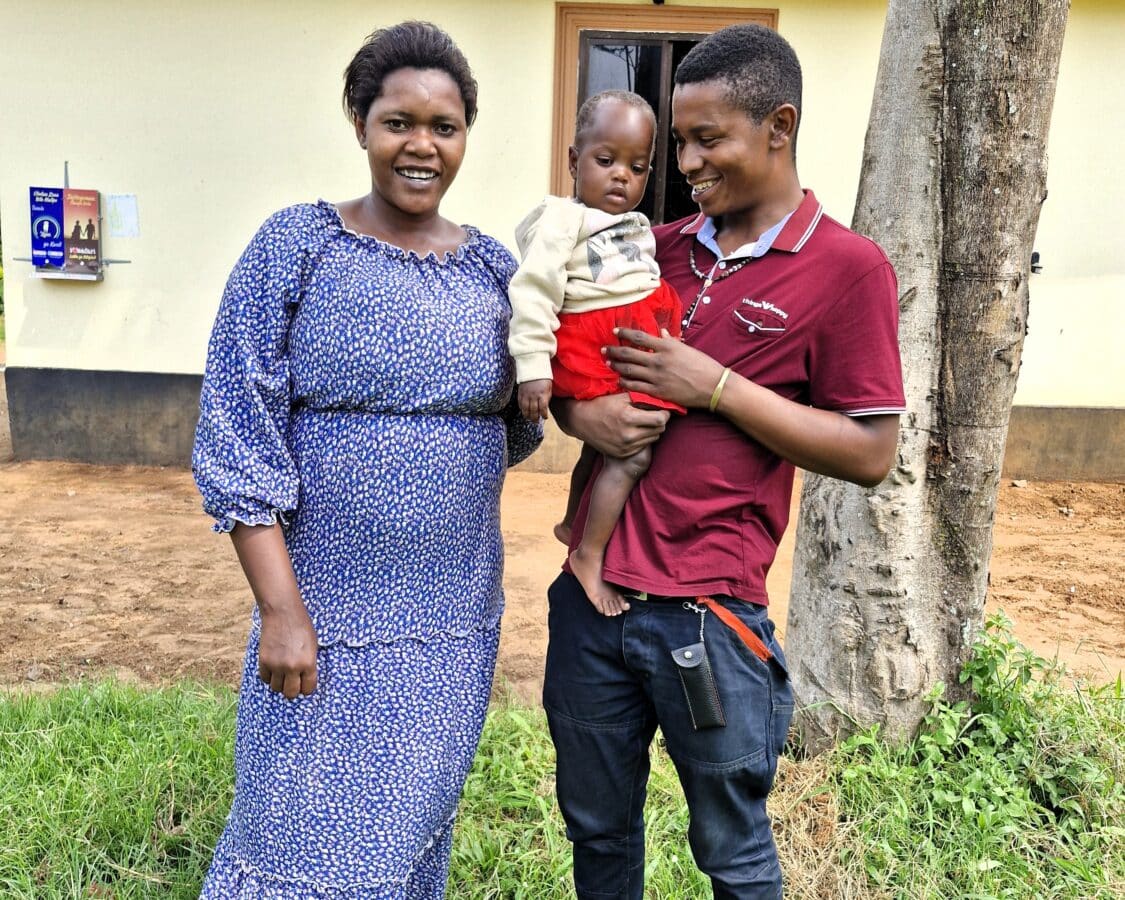“Download the full issue of DataBytes”:http://www.columbia-icap.org/news/Data Bytes/Databytes June 2011.pdf
Youth between 15 and 24 years of age comprise 45 percent of new HIV infections worldwide. In sub-Saharan Africa alone, nearly 3.3 million youth are estimated to be living with HIV. This group presents unique challenges to those providing HIV services. With initiation of sexual activity and childbearing often occurring between the ages of 15 and 24, youth are particularly at risk of acquiring HIV and possibly transmitting HIV to babies, particularly if their own infection is undiagnosed or untreated. The transition to adulthood is also characterized by high rates of mobility as youth start their own families and seek education and/or employment. Not surprisingly, research suggests that HIV-infected youth have particular difficulty availing themselves of HIV testing, remaining in care, adhering to treatment, and using prevention practices. Programmatic strategies to address the special needs of youth living with HIV and especially those enrolled in HIV care and treatment are still emerging, and can be informed by data from ICAP-supported programs.
The first issue of DataBytes, a new publication series from ICAP’s Monitoring & Evaluation Unit, uses patient-level data from 123 ICAP-supported HIV care and treatment clinics in Kenya, Mozambique, Rwanda, and Tanzania to examine characteristics of and outcomes among patients aged 15–24. At these ICAP-supported sites, 18,351 youth are currently enrolled in HIV care and 13,012 (71 percent) have initiated antiretroviral therapy (ART). This represents 14 percent and 10 percent of all active patients in care and on ART, respectively. The proportion of youth enrolled at these sites continues to increase, and is almost twice that noted in 2005. At enrollment into care, youth are overwhelmingly female (85 percent), often pregnant (30 percent of females), and mainly referred from PMTCT clinics (30 percent). While youth are on average healthier than adults when they enroll in HIV care (median CD4 is 399cells/uL vs. 212 cells/uL), they start ART at a similar disease stage to adults (median CD4 is 276cells/uL vs. 199 cells/uL).








